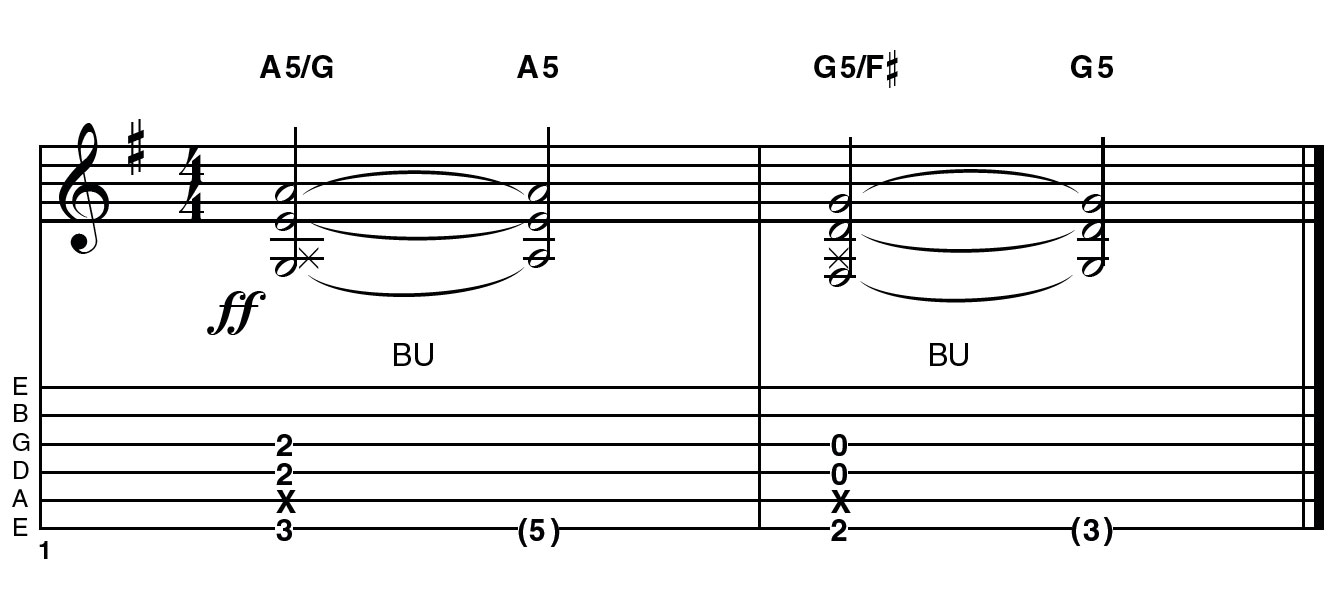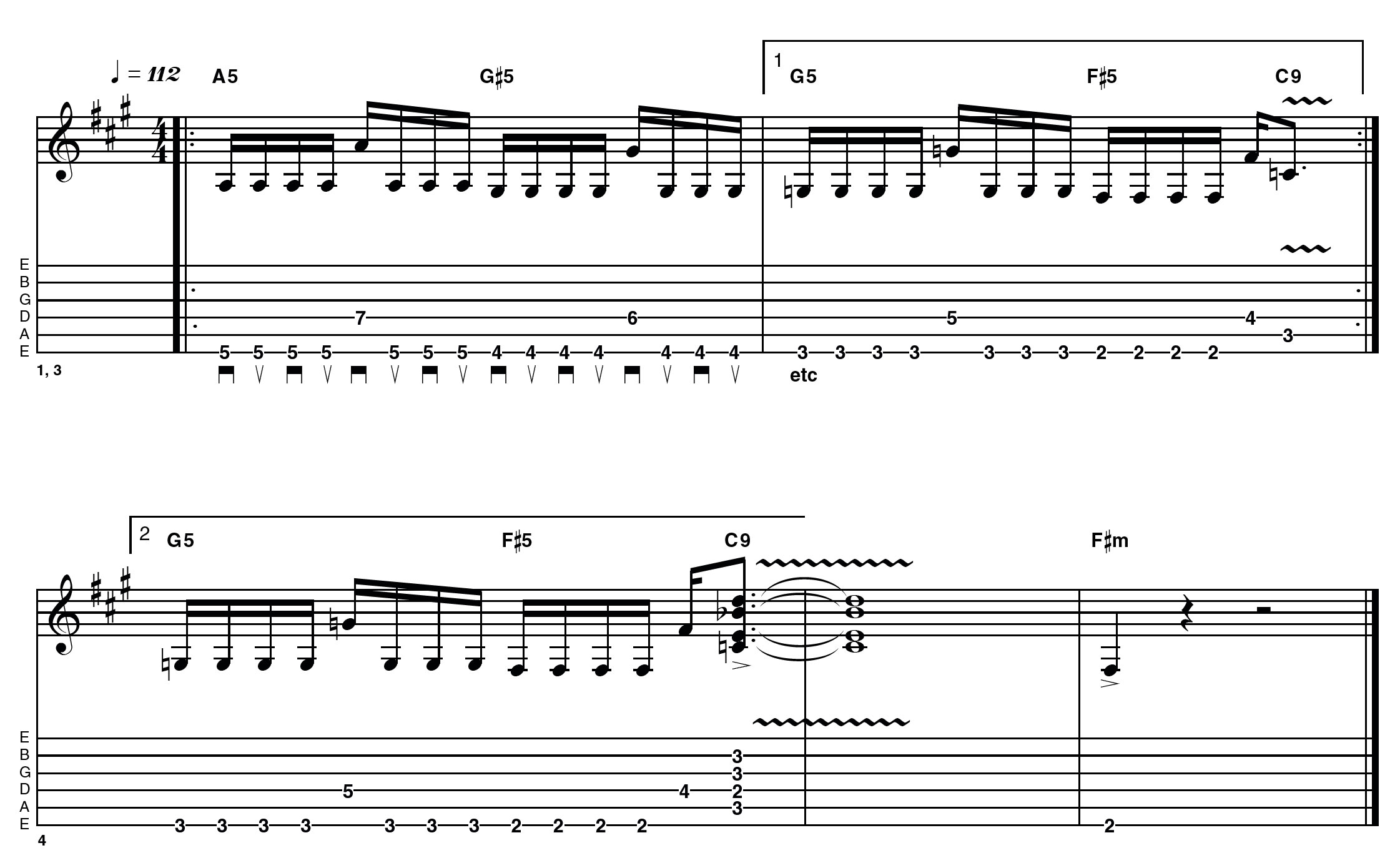5 Jimmy Page guitar tricks for you to try today
Jimmy Page at 80: Analysing the playing of the Led Zeppelin maestro

Jimmy Page turns 80 today, so we're paying tribute to the rock god's rock god, an undisputed guitar behemoth. Let's put this most influential of guitarists under the MusicRadar microscope to see what we can glean about his style, and proffer up some cherry-picked ideas for you to try yourself.
All of the examples below have been influenced by his work with Led Zeppelin and are all electric guitar based in regular tuning. They are all rhythm-orientated examples.
To our mind, Jimmy has always been a tremendously inventive rhythm guitarist as well as a riff writer supreme and this is often sadly overlooked.
One important aspect of his rhythm style is how he often cleverly arranged and orchestrated his guitar parts. In an essentially three-piece band format, a lot of his ideas have rightly become the blueprint for how classic rock should be played.
Example 1: Bending into chords

This idea is simple but it sounds great! We first became aware of it after hearing tracks like Black Dog. All you need to do here is to play an open position A5 chord with a G bass note and then bend G in a downwards direction up to A.
The second chord shown is G5/F# – we're not sure if Jimmy ever played this actual voicing but it certainly uses the same idea as before only this time you only need to bend a semi-tone from F# to G.
Example 2: Behind the nut bending

Behind the nut bends have been employed by country guitarists forever! Often bending by a semi-tone or a tone to create tension and resolution on regular or open string chords. However, Jimmy took doing this to a whole new level.
Get the MusicRadar Newsletter
Want all the hottest music and gear news, reviews, deals, features and more, direct to your inbox? Sign up here.
A great example of this happens in the unaccompanied section of Heartbreaker. In this example we are in the key of Gm and the bend goes up by a Major 3rd from C to E. If you use heavy strings be prepared see a few grooves in your fingertips after playing this. We think it’s worth the pain, though…
Example 3: Small bends against an open string

This example is similar to Ex 1 in that is was probably employed in order to make the sound of the guitar ‘bigger’ in a three-piece instrumental band.
The little bit of dissonance that is achieved by bending the fretted note slightly against the open string is just a mega-cool effect. The obvious Led Zeppelin reference for this can be found in the main riff of Whole Lotta Love.
Example 4: Open strings against a moving bass line

Yet again, the idea here results in a bigger sound than would be achieved by just playing the bass line on its own. A very similar phrase can be heard in The Lemon Song.
We would suggest that you play this one either fingerstyle with your right hand thumb playing the bass notes and either your 1st or 2nd fingers playing the open B string ‘drone’. Alternatively, a pick and fingers approach with the pick playing the bass line will also work equally satisfactorily.
Example 5: Alternate picking octave-based riffs

For our final example we see a riff that features an alternate picked bassline that has octave jumps in it. The reason we have included this is because there is a slight trick to playing it effectively at fast tempos.
What you need to do is make sure that the A string is muted by whichever finger is holding down the E string bass notes and then when you go to pick the D string notes you actually ‘play through’ the A string almost as though it isn’t there at all – with a downward pick slanting pick-stroke.
The worst thing you can do is to try and pick around the D string and attempt playing it with an upstroke. Not only is this unnecessarily labour-intensive on your picking hand it is also harder to keep in time. The obvious Jimmy Page reference for this sort of thing is in his main riff from Immigrant Song.










